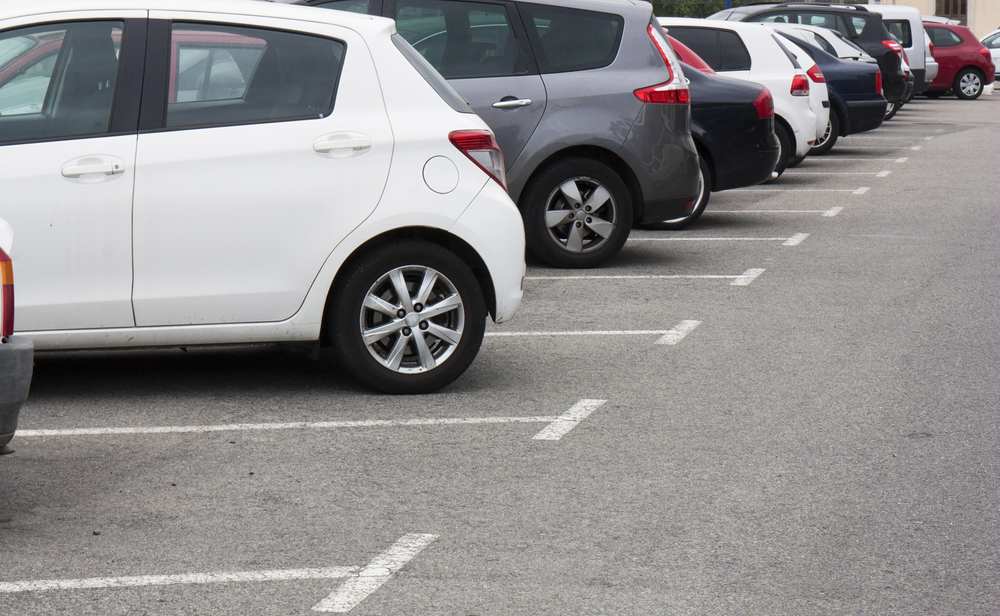The particles began damaging DNA and causing oxidative stress in lung cells,
Others are reading now
The particles began damaging DNA and causing oxidative stress in lung cells,
Modern Cars Pass the Test, But Fail the Real World
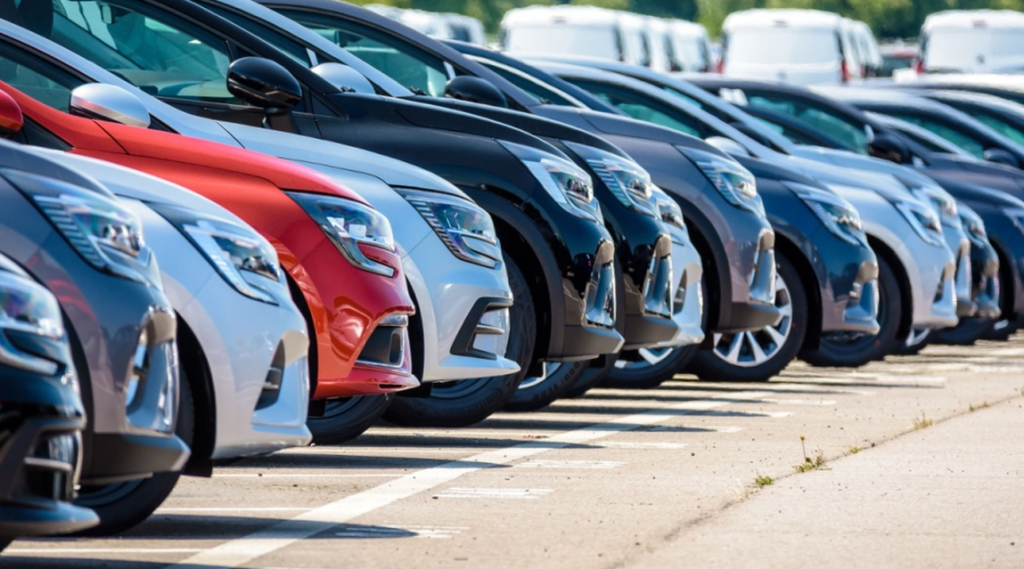
Despite meeting Euro 6d emissions standards, today’s gasoline cars are far from harmless.
A German study has revealed that once exhaust gases hit the open air and sunlight, they undergo transformations that turn them significantly more toxic than previously understood.
The Photochemical Transformation
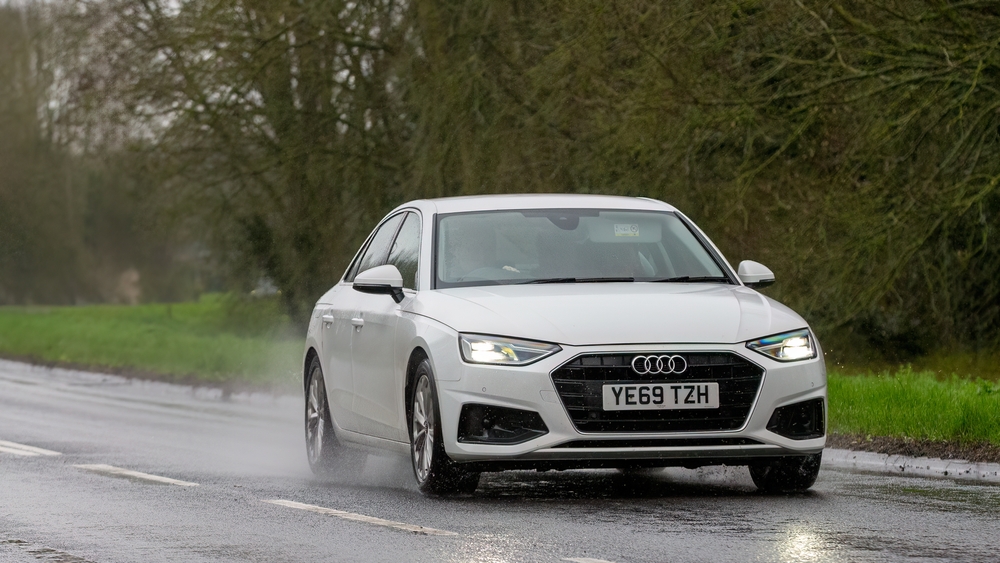
In the lab, emissions looked clean.
Also read
But when researchers simulated “real-world aging” of the gases, the result was alarming: the particles began damaging DNA and causing oxidative stress in lung cells, effects linked to cancer and respiratory illness.
Invisible Dangers in Every Breath

Once exhaust gases react with sunlight and other elements in the atmosphere, they form new pollutants like secondary airborne particles (SOA/SIA) and carbonyls.
These invisible threats are not even measured in today’s emissions testing—and they can trigger long-term health effects.
The Hidden Health Fallout

The study found exposure to aged car emissions can lead to headaches, dizziness, nausea, and fatigue.
Long-term risks include reduced lung function, respiratory infections, and DNA-altering compounds that are especially dangerous to children, the elderly, and people with chronic conditions.
Why Your ‘Green’ Car Might Be More Toxic Than an Older One
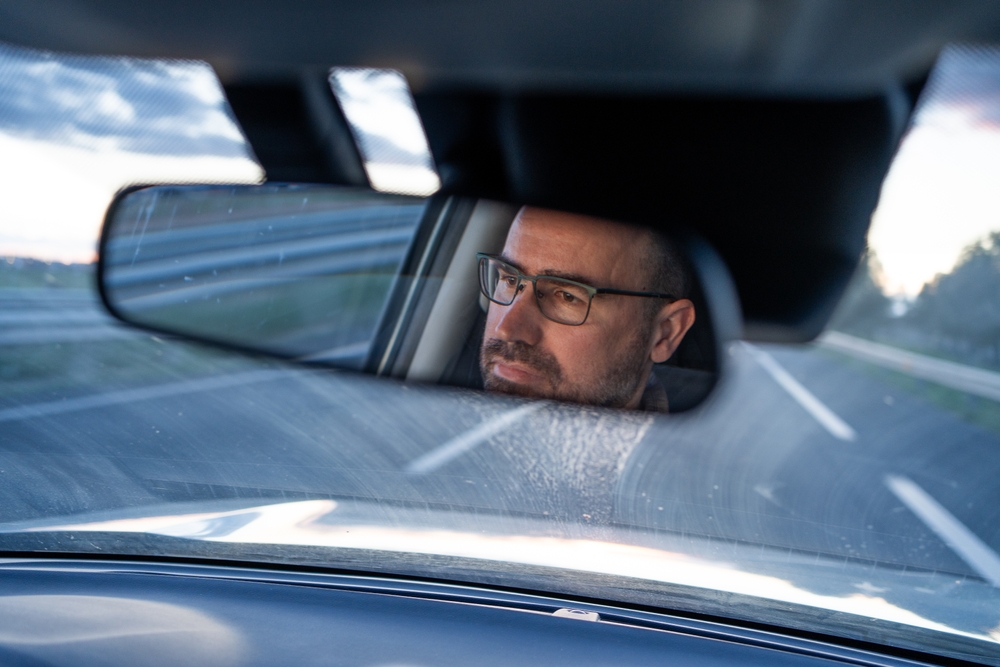
Ironically, the label on your car may be misleading.
Under certain environmental conditions, even vehicles approved under Euro 6d rules can emit more damaging substances than older models, if their emissions turn toxic after release.
Emission Zones Under Fire
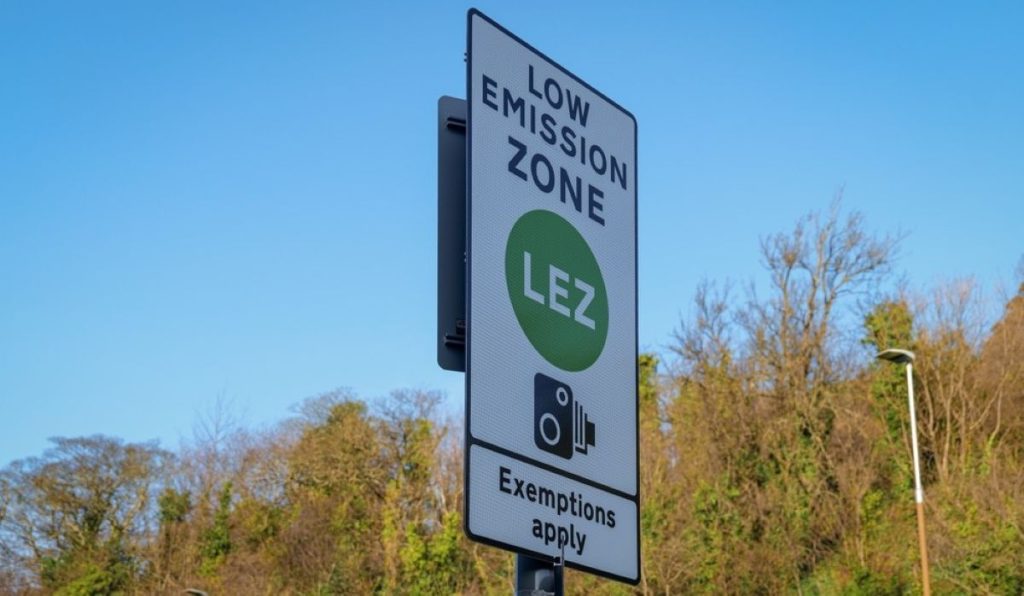
So-called Low Emission Zones (LEZs) are designed to keep polluted air out, but their reliance on flawed emissions labels could be putting people at risk.
The study questions whether these zones are offering real protection or a false sense of security.
Scientists Call for Urgent Test Overhaul

Experts from Helmholtz Munich and the University of Rostock say the current testing system is “critically deficient.”
Emissions need to be assessed after atmospheric aging, not just at the tailpipe, if we want to understand the real public health risk.

